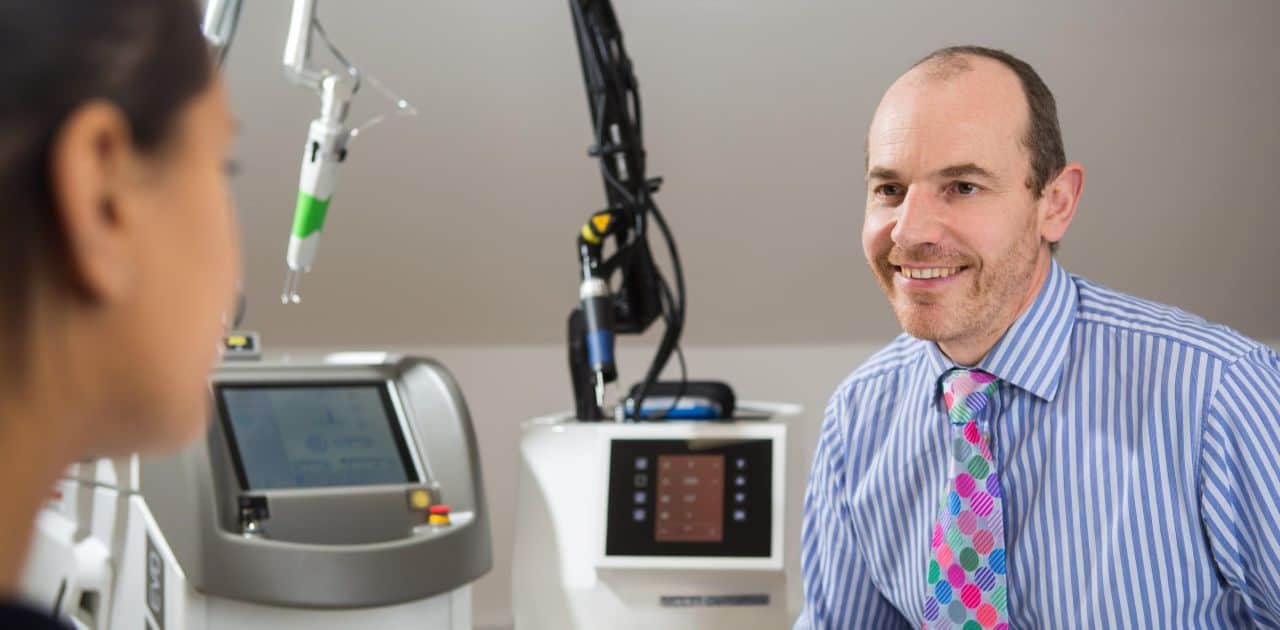Visiting a urologist will help you stay on top of the health of your kidneys, prostate gland, bladder, urethra and reproductive health. Urological treatments can help treat disorders of external genital organs.
While complications of these organs may come with devastating symptoms, the good news is that they are treatable. There are skilled urologists and several innovative urology treatment procedures to reverse these complications. Here are some of the procedures and the urological conditions they treat.
1. Vasectomy
Vasectomy qualifies as a urological procedure, and it is common among n. the idea behind it is permanent contraception or sterilization. The procedure blocks the vas deferens tube to prevent the sperms from getting to the semen. The procedure is generally safe, painless and effective.
It is also worth noting that after the procedure, sterilization does not take place immediately, and the patient needs to take other forms of contraception as advised by the physician for some time.
Vasectomy reversal is also a urological procedure designed to make the patient able to conceive children again. It is vital to note that vasectomy reversal does not have guaranteed success. The patient must consider other types of contraception before settling for vasectomy.
2. Ureteroscopy
If a urologist suspects that you may have abnormal tissue in your urinary tract or a polyp, ureteroscopy may be recommended. The procedure is used to diagnose kidney stones and other problems of the urinary tract.
It is an effective way of diagnosing urinary tract complications as it gives a clear view of the urinary tract, take out abnormal tissue and even remove stones.
3. Penile plication
The procedure is commonly used to treat Peyronie’s disease. This is a complication whereby scar tissue forms under the skin of the penis. This makes the penis less flexible and mostly bend or curve when erect. The complication is often caused by injury.
Penile plication is a surgical procedure that involves tightening the side of the penis opposing the curvature. This is done with stitches.
4. Cystoscopy
The procedure is designed to monitor, diagnose and treat conditions that affect the urethra and the bladder. Urologists often recommend the procedure to establish the causes of urinary complications. That is, if there is blood in your urine, you are experiencing pelvic pain, you have an overactive bladder, and you experience frequent urinary tract infections.
5. Transurethral resection of the prostate (TURP)
This is also a common urological procedure that involves cutting some part of the prostate gland. Note that when the prostate becomes enlarged, it exerts pressure and the bladder. This often caused difficulty in urination.
Take away
Regular visits to a urologist are necessary. It is an opportunity for you to learn more about your urinary tract health and how to maintain it. If a physician suspects you have urological complications, they can suggest any of the above procedures diagnose the cause of the issues.
The good news is that with the technology available today, the conditions can be addressed through some of the procedures above.

